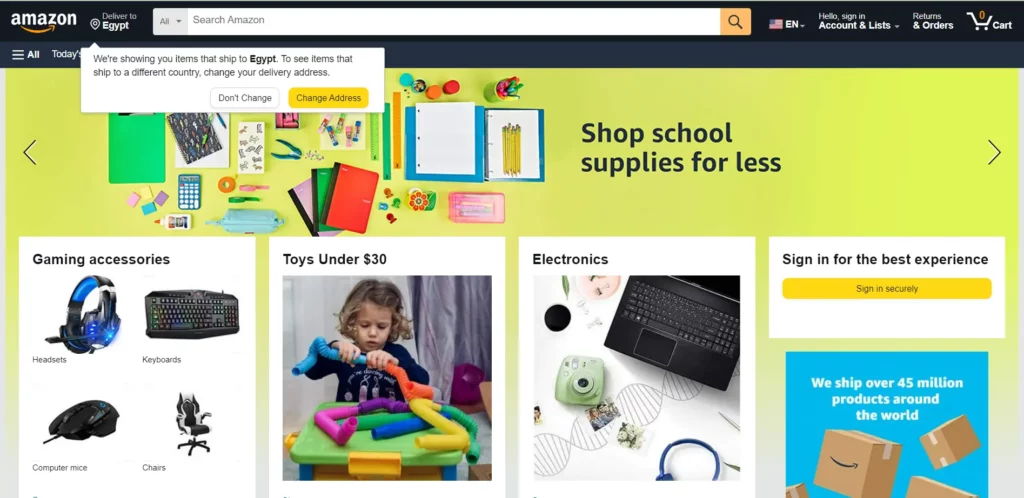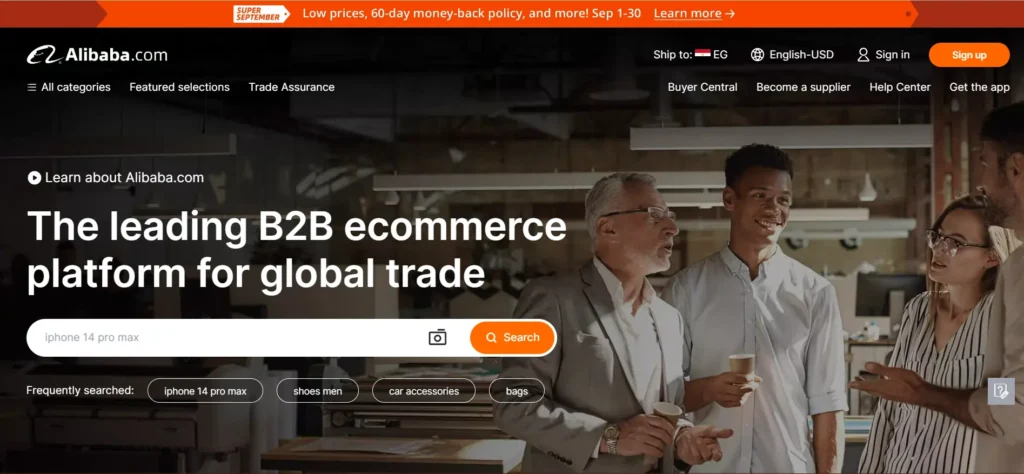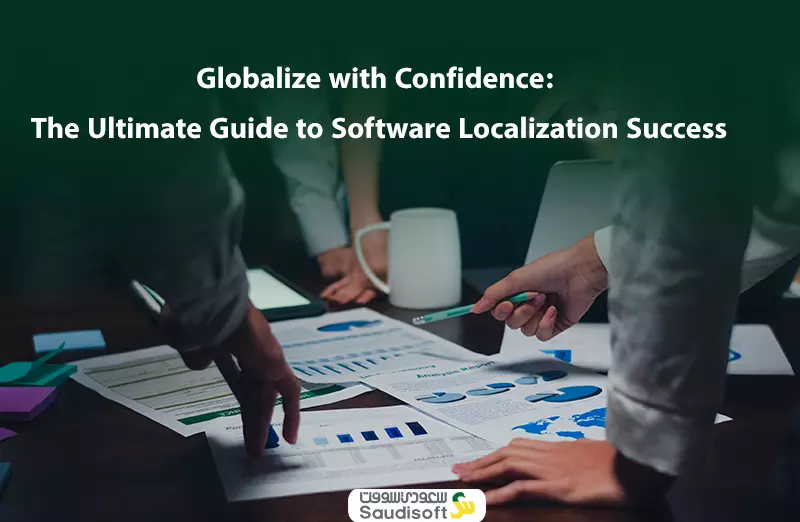eCommerce Website Translation
E-commerce website translation has become the new strategy that +10000000 companies apply to launch their products to global markets, and it’s essential for any of those who are starting their online business or selling on the internet and struggling to communicate with their audience in their native language.
E-commerce website translation is the channel that top leading businesses use to have great communication with their customers. These businesses understand their audience’s need to communicate in the language of their heart. They also follow the statistics that mention the importance of communicating in the native language of customers. 70% of customers feel more loyal to companies that offer support in their native language. Another report found that 29% of businesses have lost clients because they don’t have multilingual support.
Visa has published a study about the e-commerce industry worldwide and it showcases lots of important information for those who are thinking of going global. Visa says that “Consumers are looking across borders to purchase more frequently in quest of products that are unavailable in their local market, better priced, and of higher quality. Due to this, 66% of e-commerce businesses now offer their goods internationally. On average, the sales bring in close to a third (31%) of their total revenue.”
Unbabel’s Global Multilingual CX Survey said that “When asked, 75% of US consumers claimed they would only spend up to $500 with companies who do not provide customer care in their own language.”
To make the profits that your online business is working to get, you must consider e-commerce website translation to fasten your customer cycle.
Why Considering E-commerce Website Translation?
Here are some of these challenges that e-commerce website translation could make you solve:
The Process and Workflow of E-commerce Website Translation
To work on your e-commerce website translation. To get the aimed benefits of localization and to see the return on your investment you need to think of your localization strategy.
Planning your route and setting your goals for localizing your business time and effort.
Each localization strategy should answer five questions, which are:
1. What do you want to achieve through localization? What are your localization objectives?
2. What is the language of the targeted region? What is their location?
3. Who will do the job? Would you hire a localization agency?
4. How is localization going to serve your business? Which type of localization will you consider?
5. What are your tools? Will you use machine translation tools? Will you consider human translation instead?
After working on your localization strategy and answering the questions above. We go through the process of e-commerce website translation.
Benefits and ROI Of e-commerce Website Translation
According to CSA, 40% of customers won’t buy from a website that is not available in their native language. Their research “Can’t Read, Won’t Buy” shows that 72.1% of consumers spend most or all of their time on websites in their own language. E-commerce website translation will allow global website visitors to read your products’ descriptions and convert them to customers.
Here are what your business will be getting from e-commerce website translation:
1. Expanded Market Reach: e-commerce website translation allows businesses to enter new markets and connect with customers who prefer to shop in their native languages. This can lead to a substantial increase in customer base and market penetration.
2. Reduced Bounce Rates: e-commerce localization reduces the likelihood of visitors immediately leaving your website due to language barriers. As a result, bounce rates decrease, leading to more engaged users who explore your products and services.
3. Cross-Border Sales: using the same language as your customers reduce barriers that might discourage international purchases. This opens opportunities for increased cross-border sales, contributing to revenue growth.
4. Increased Revenue: By reaching a wider global audience, e-commerce website translation can lead to higher sales and revenue generation. Localized content makes it easier for international customers to understand and purchase products, ultimately boosting conversion rates.
5. Enhanced Customer Loyalty: By catering to local preferences and cultural nuances, localized e-commerce websites can build stronger connections with customers. This often results in increased customer loyalty and positive word-of-mouth recommendations.
How to Create a Cross-Border Digital Experience Using UI/UX and E-commerce Website Translation?
Localization means adaptation and UX localization means adapting your website by implanting translated content, software localization and design. It means this process is way beyond translation.
By working on your website’s e-commerce localization, you will improve all of these elements on your website:
1. Adapting the localized content of your product to the cultural preferences and usage patterns of the intended audience as opposed to translating it word for word.
2. Convening numbers and utilizing the currency of the targeted country.
3. Customizing the user interface to each language’s unique space requirements.
4. Ensuring that icons, colors, images, and visuals are appropriate for the target culture.
5. Modifying the user experience (UX) to align with local standards by making it more appropriate for users from other countries in terms of language, norms, and expectations.
Through e-commerce localization you will ensure getting the benefits of e-commerce website translation and more:
• Ensuring Usability in Global Markets.
• Considering Internationalization When Designing.

It’s well-known that international ecommerce platforms like Amazon, Alibaba and Noon take care of their local SEO strategy.
One of the common things between them is that they all optimize their website for customers worldwide directly when using their websites.







